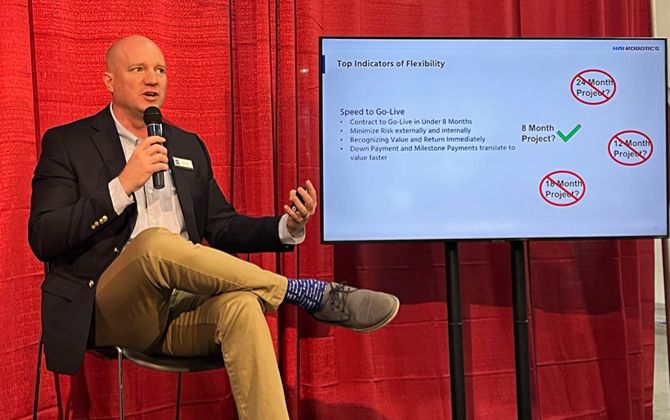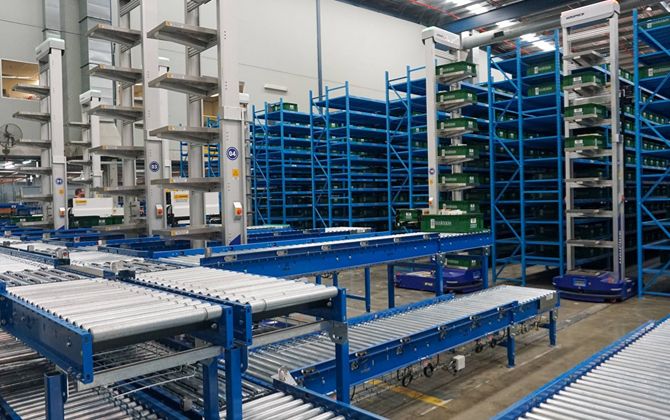Robots 'My Most Reliable Partners'
Supply chain integrator Maersk Contract Logistics deployed customized ACR systems at its distribution center. After spending six months working with the Autonomous Case-handing Robot, its employees found working with robots was actually much easier and less intense. Robots empower ordinary warehouse workers.
The ongoing labor shortages in the logistics industry have many warehouse and distribution center managers concerned. The supply chain integrator, Maersk Contract Logistics, faced this challenge until it deployed the customized ACR (Autonomous Case-handling Robot) systems at its distribution center in Shenzhen, China. The automated robotics solution allowed the company to alleviate the issue.
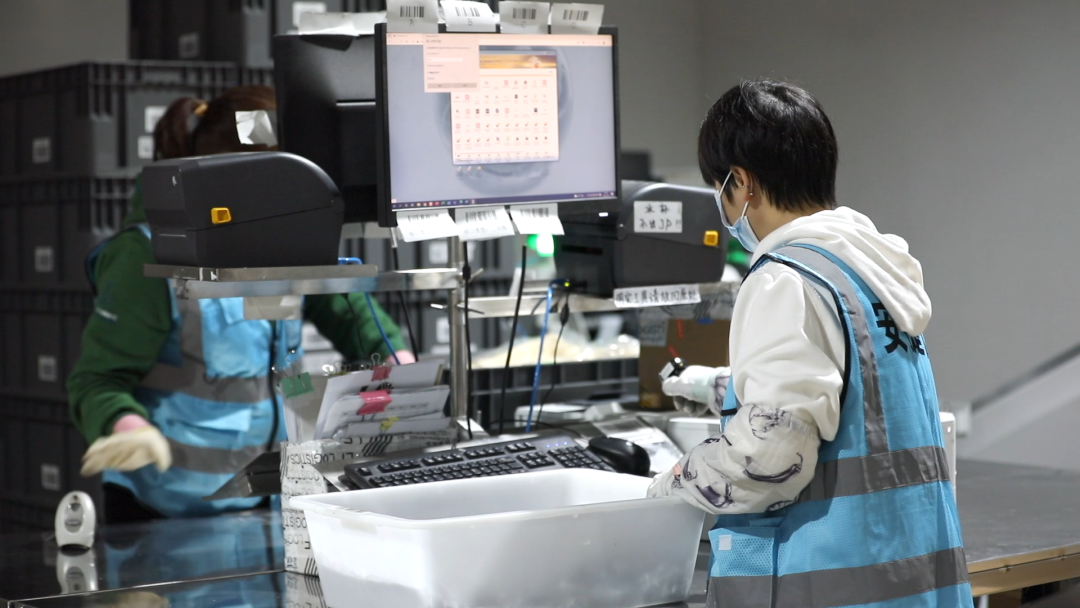
Kuang Jianfang, 50, wasn't quite confident when she got the job at Maersk Contract Logistics warehouse last year. Being unemployed for the past 20 years, she worried if she had enough skills to work in a modern warehouse in Shenzhen, dubbed China's Silicon Valley and manufacturing hub.
But after spending six months working with the Autonomous Case-handing Robot (ACR), Kuang found things were different in the warehouse. Working with robots was actually much easier and less intense than she thought.
"I never imagined one day I would work with robots", Kuang said. Maersk Contract Logistics is not alone. More and more manufacturers from across the world have begun to use robotics in warehouses in recent years, as they are faced with one common challenge, labor.
Automation, in other words, is considered a key solution to alleviate labor shortage, in two ways in particular:
- Robots are filling the skilled labor gap directly.
- Robots empower and improve workers, like Kuang.
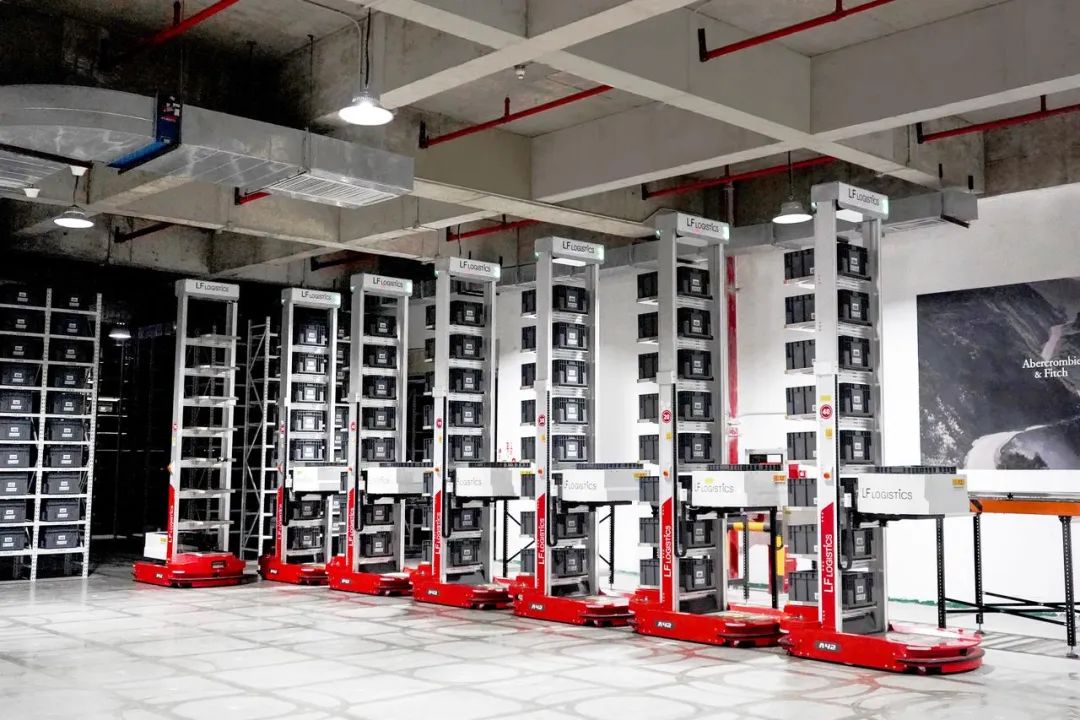
A common challenge
A shortage of skilled labor has been sweeping through the manufacturing industry in the world's major economies.
In the United States in January, there were not enough workers to fill 11.3 million jobs, CNN reported, citing data from the country's Bureau of Labor Statistics. Warehousing is counted as one of the most available job openings.
Eurozone businesses are confronting 'unprecedented and widespread shortages of workers, the Financial Times reported, citing from the Business and consumer survey by the European Commission in 2021, Oct. About one-quarter of manufacturing and services businesses reported a lack of workers as a factor limiting production in January, the highest proportion since data was first available in 1982.
In China, official documents show the country was short of more than 22 million skilled laborers in the manufacturing industry in 2020, and it is likely to increase to nearly 30 million in 2025.
Robots have filled in nearly 3 million manufacturing jobs in China, as reported by the TMT Post in the latest news story.
The potential for robots to fill in the gap is big, and, from industry insiders' perspective, the demand is big too.
49% percent of all respondents chose to address labor shortage as the reason for applying robotics in the warehouse, an online poll by Hai Robotics found out this week, while 23% went for space efficiency, 15% for order accuracy, and the rest 12% picked cost increases.
“Our outbound volume reaches 8,000 pieces per day. We needed 40 warehouse staff before in the traditional manual way of operation, but now only 6 people are needed," Ma Zhifeng, a logistics manager from China's sportswear maker Qiaodan, said, talking about how the ACR system helps alleviate labor shortage in his warehouse.
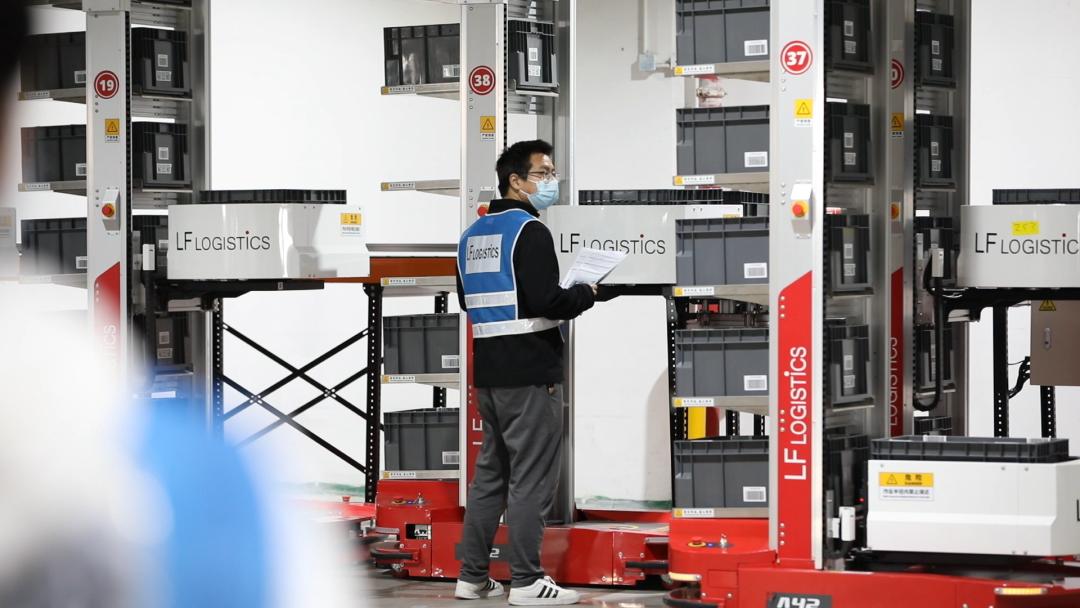
Empowering human workers
Yet, robotics offers more than just filling the gap directly. It empowers ordinary warehouse workers.
Kuang remembers her co-worker once said before the ACR system was deployed, he needed to walk up to 16 km a day to get the job done. They would often climb up and down the ladders to fetch goods stored up high.
Such work mode was not just physically demanding, but also brought safety concerns, especially for people like Kuang, who is not at a younger age.
The ACR system provided answers to these issues. The 16 km daily walking distance was saved, with no more climbs up and down.
The ACR systems are bringing more benefits too.
Thanks to Hai Robotics' goods to person technology, the robots know well the items' whereabouts and their reference numbers. "The robots are very accurate and make no mistake," Kuang said. Sorting accuracy increases to 99.99%, on average, in warehouses with ACR systems.
Data also shows that Maersk Contract Logistics had its B2B services up by 2.9 times and B2C services up by 2 times after the ACR system was applied.
"They don't speak, but they are crystal clear about everything and are my most reliable partners," Kuang said, talking about her robot co-workers.
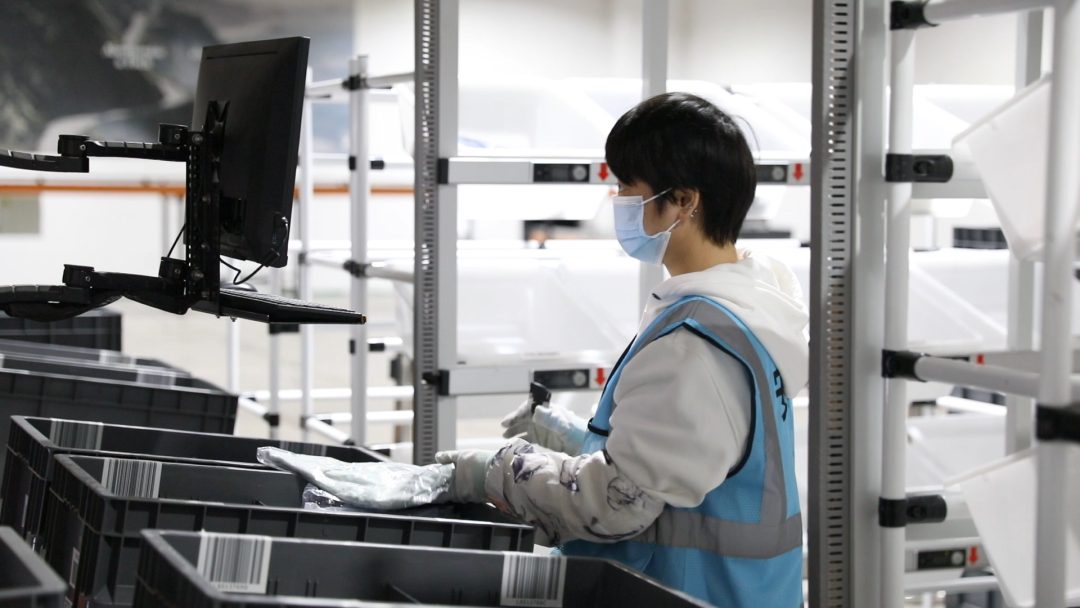
Reflect on whether your warehouse system is adequately prepared for the work ahead. Please visit Hai Robotics for more information.
